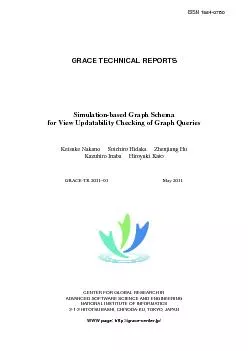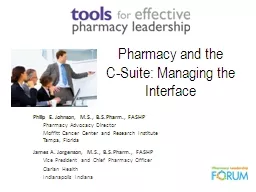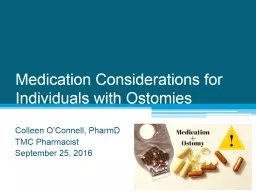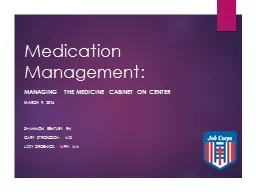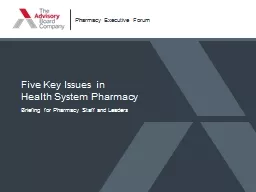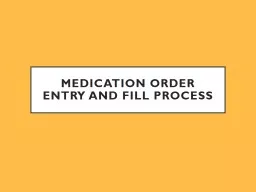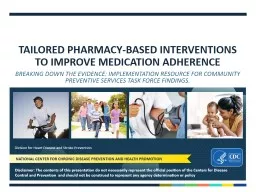PPT-IMPAACT 2010 Pharmacy, Study Drug, and Concomitant Medication Considerations at Entry
Author : pamella-moone | Published Date : 2018-03-22
Protocol References Section Title 62 Entry Visit 51 Study Drug Regimens 52 Study Drug Administration 57 Study Drug Adherence Assessment and Counseling 581 Maternal
Presentation Embed Code
Download Presentation
Download Presentation The PPT/PDF document "IMPAACT 2010 Pharmacy, Study Drug, and C..." is the property of its rightful owner. Permission is granted to download and print the materials on this website for personal, non-commercial use only, and to display it on your personal computer provided you do not modify the materials and that you retain all copyright notices contained in the materials. By downloading content from our website, you accept the terms of this agreement.
IMPAACT 2010 Pharmacy, Study Drug, and Concomitant Medication Considerations at Entry: Transcript
Download Rules Of Document
"IMPAACT 2010 Pharmacy, Study Drug, and Concomitant Medication Considerations at Entry"The content belongs to its owner. You may download and print it for personal use, without modification, and keep all copyright notices. By downloading, you agree to these terms.
Related Documents



